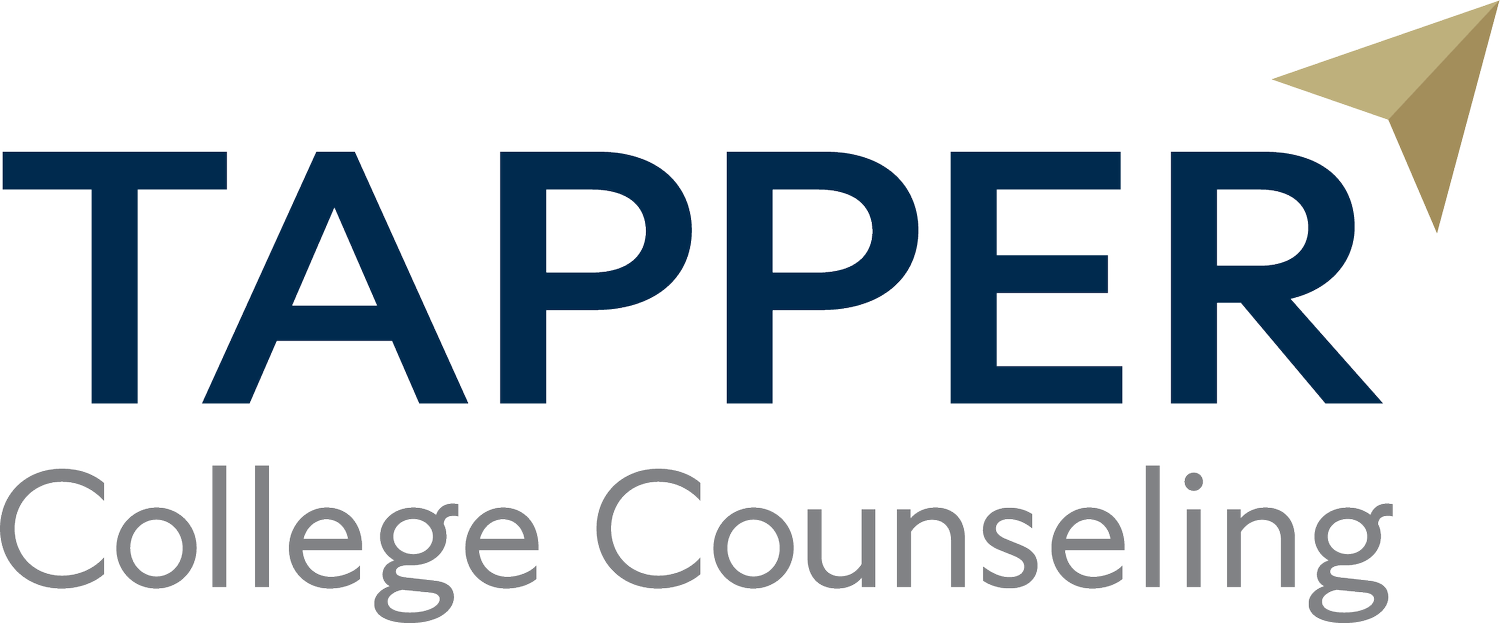Navigating College Application Plans: A Strategic Guide for Students
Embarking on your college journey involves a maze of decisions, with one being your choice of application plan. Whether it's Early Action, Rolling Admission, Early Decision, or Regular Decision, each pathway has unique rules and benefits. Let's dive into these options to help you choose the best route.
Early Action
Early Action (EA) allows you to submit applications in the fall of senior year (usually with October or November deadlines) and receive decisions during first semester or early second semester. You still have until May 1 to explore other offers and decide. EA is perfect for those who want an early answer without the commitment, offering you the chance to weigh different colleges, including their financial aid packages. Some universities require an EA application to qualify for merit scholarships or honors programs. Several colleges have restrictive EA programs, which limit where else you can apply EA or Early Decision (discussed below), but nearly all EA programs are non-restrictive. EA is the best application plan for most students since it combines receiving decisions early and not being committed to attending any particular college.
Rolling Admission
Colleges with Rolling Admission evaluate applications as received and generally continue accepting students until all spots are filled. This process usually starts in August (sometimes in July) after junior year and continues during the school year and into the following summer. Rolling Admission is an excellent option for students who want to hear back from colleges sooner rather than later, as decisions often come within a few weeks of applying. Colleges that offer Rolling Admission are usually less selective and admit most applicants. Some colleges that have EA—and technically not Rolling Admission—issue decisions in a time frame similar to Rolling Admission.
Early Decision (Binding)
Early Decision (ED) may be the best path if you’ve decided on a top-choice college, it’s affordable for your family after running the net price calculator, and it offers ED (most public universities do not). One major downside to ED is that it’s binding—if accepted, you must attend. Some colleges offer one round of ED, with applications due November 1; decisions arrive by mid-December. At other colleges, there are two rounds: ED1 and ED2. ED1 operates as described above. Students denied or deferred in the initial ED round can apply ED2 at another college. ED2 deadlines are later, usually January 1, with decisions coming in early-mid February. ED plans can be an excellent option for students who are committed to attending their first-choice school, as students applying ED typically are accepted at a higher rate compared to EA or regular decision. The admission advantage of applying ED may not be as large as statistics suggest, though, since ED applicant pools often include athletic recruits, legacies (to the extent a given college still considers that), and children of the college’s faculty or staff. Applying ED is a big decision that requires careful financial consideration with your family, but it can be the right path for some students.
Regular Decision
Regular Decision (RD) gives you the most time to prepare your applications. Deadlines typically fall at the beginning of January (occasionally in December), and you will receive your decision in March or April. Applying RD offers the advantage of allowing you to include first-semester senior-year grades—which can be helpful for students whose grades need improving—and SAT and ACT scores from mid-late fall test dates. RD also allows students more time to work on their essays. The benefits of RD, however, are usually outweighed by the advantages of applying EA. It’s often easier to be accepted EA, which also is when many institutions offer their best merit scholarships. In addition, for some colleges that don’t have EA (such as Vanderbilt and Emory), students applying RD for merit scholarships must apply earlier than the normal RD deadline. In short, applying EA is generally better than waiting until RD, but it depends on your circumstances.
Choosing the Right Plan for You
There’s no one-size-fits-all approach to choosing the best college application plan(s). Consider whether you can get your applications prepared in the early fall of senior year, your certainty about your top choice school, and your desire for flexibility, including comparing financial aid offers. Remember, each college and university may have its own rules and deadlines surrounding EA and/or ED, so it’s crucial to research and understand each institution's requirements. Choose the plans that best align with your academic and personal goals.
Do you have questions about which application plans make the most sense for you?
Contact me if you have questions about whether to apply EA, ED, or RD, or about any other part of the college application process.

